
MacroGlide
No signals. Just real analytics.
Be the first to download MacroGlide App.
👇🏽 Get Early Access — FREE
Recent Posts
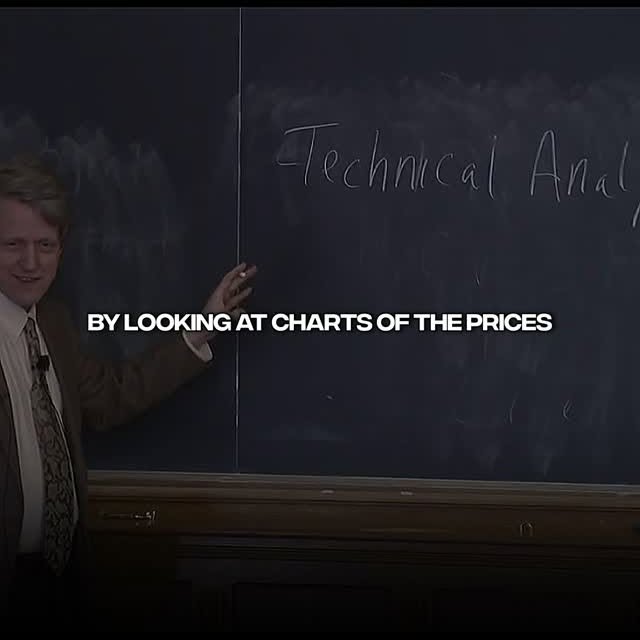
In Yale University’s “Financial Markets” course taught by Nobel laureate Robert Shiller, technical analysis is examined critically. Shiller highlights that while many traders use charts and patterns, academic research shows little consistent evidence that technical analysis outperforms fundamental strategies over time. Efficient market hypothesis suggests prices already reflect all known information, making historical patterns unreliable for predicting future returns. Nonetheless, technical analysis persists due to psychological factors and market sentiment dynamics. 🚀 No Signals. Just Real Analytics. Be the first to download MacroGlide App. Get Early Access — FREE (LINK IN BIO). Credits: Professor Shiller, YaleCourses, 2012 Use: Edited for educational purposes. No ownership claimed.
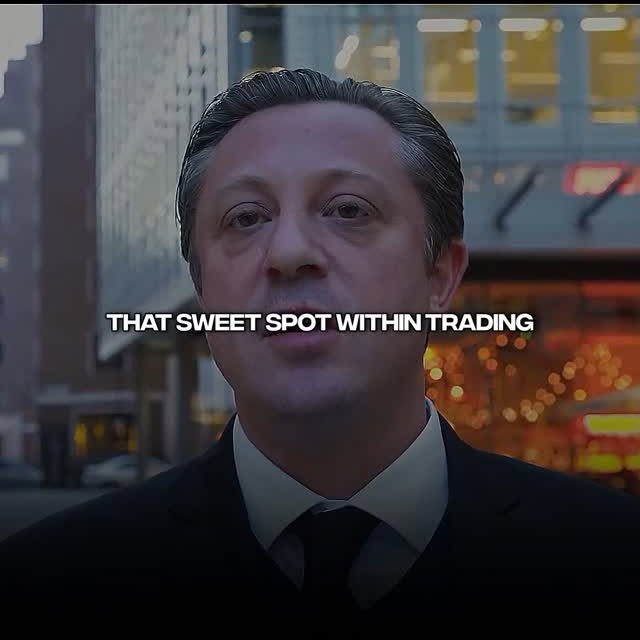
Anton Kreil, a British trader born in 1979, began his career at Goldman Sachs in 2000 after graduating with a degree in Economics from the University of Manchester. At Goldman, he worked on the European Equities Trading Desk during the peak of the dot-com boom, handling institutional client flow and gaining exposure to equity derivatives. He later held trading roles at Lehman Brothers and JP Morgan, specializing in pan-European equities and managing significant proprietary risk. By his mid-20s, Kreil was managing hundreds of millions in positions. 🚀 No Signals. Just Real Analytics. Be the first to download MacroGlide App. Get Early Access — FREE (LINK IN BIO). Credits: Anton Kreil, InstituteOfTrading, 2018 Use: Edited for educational purposes. No ownership claimed.

Ken Griffin founded Citadel in 1990, just one year after graduating from Harvard University. He had already begun trading from his dorm room, installing a satellite dish on the roof to get real-time market data. With $1 million in seed capital from hedge fund pioneer Frank Meyer of Glenwood Capital, Griffin launched Citadel with a vision of building a technology-driven, research-intensive firm. What started as a small hedge fund quickly grew into one of the most powerful investment firms in the world, managing over $60 billion by 2025 and dominating areas like high-frequency trading, market making, and multi-strategy hedge fund investing. 🚀 No Signals. Just Real Analytics. Be the first to download MacroGlide App. Get Early Access — FREE (LINK IN BIO). Credits: Ken Griffin, Norges Bank Investment Management, 2024 Use: Edited for educational purposes. No ownership claimed.
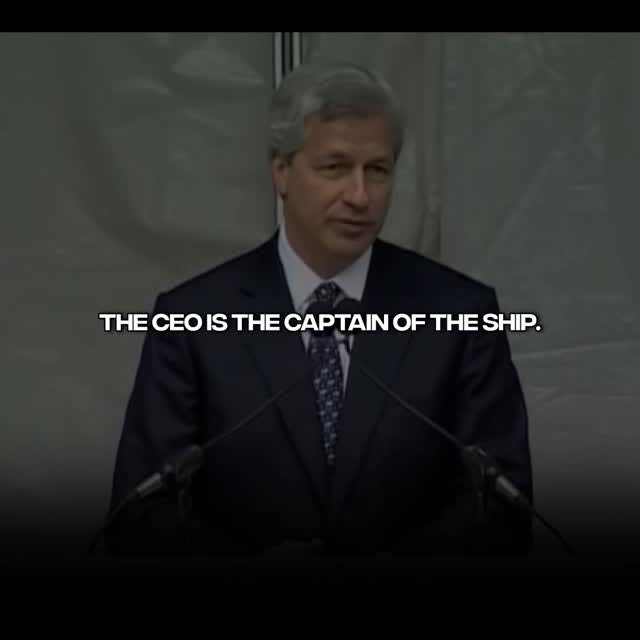
Jamie Dimon, CEO of JPMorgan Chase, is widely regarded as one of the most effective and resilient leaders in global finance. Under his leadership since 2005, JPMorgan has grown into the largest U.S. bank by assets, reaching over $4.3 trillion by 2025. He successfully guided the bank through the 2008 financial crisis, maintaining profitability while others collapsed. 🚀 No Signals. Just Real Analytics. Be the first to download MacroGlide App. Get Early Access — FREE (LINK IN BIO). Credits: Jamie Dimon, Harvard Business School, 2010 Use: Edited for educational purposes. No ownership claimed.

Thomas Kaplan is an American billionaire investor, historian, and one of the world’s most prominent gold bulls. He made his fortune by betting early and heavily on natural resources, especially gold and silver, through companies like NovaGold and Electrum Group. Kaplan is known for turning a $2 million investment in gold exploration into billions during the early 2000s commodities boom. 🚀 No Signals. Just Real Analytics. Be the first to download MacroGlide App. Get Early Access — FREE (LINK IN BIO). Credits: Thomas Kaplan, Bloomberg Television, 2019 Use: Edited for educational purposes. No ownership claimed.
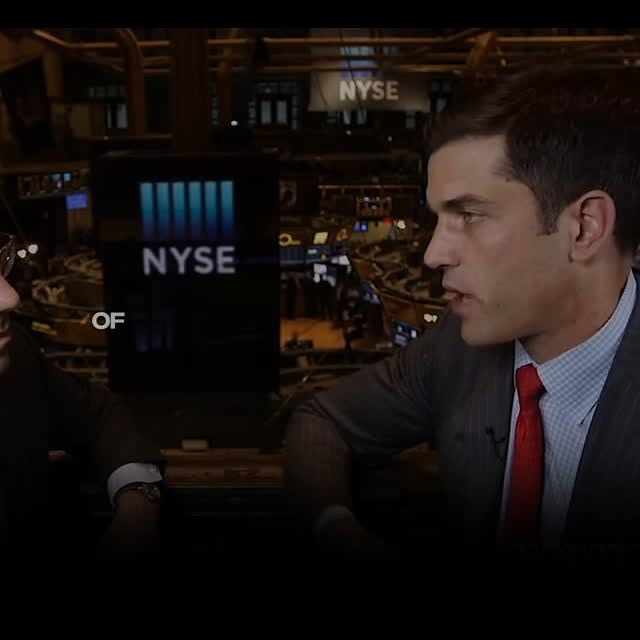
Facebook’s IPO on May 18, 2012, was one of the most anticipated in history, but it turned into a mess. Priced at $38, the stock barely rose on opening day and then quickly dropped, losing over 25% in its first week. Technical glitches at NASDAQ delayed order confirmations and created chaos among traders. On top of that, underwriters like Morgan Stanley were accused of selectively sharing negative revenue forecasts with institutional clients while retail investors were left in the dark. Multiple lawsuits and regulatory scrutiny followed, making the IPO a case study in poor execution and transparency failure. 🚀 No Signals. Just Real Analytics. Be the first to download MacroGlide App. Get Early Access — FREE (LINK IN BIO). Credits: Alissa Coram, Investor’s Business Daily, 2019 Use: Edited for educational purposes. No ownership claimed.

In the 1960s, Warren Buffett transformed Berkshire Hathaway from a failing textile mill into his investment vehicle. He began buying shares in the early ’60s at around $7.60, eventually taking control in 1965. Using its cash flow, Buffett started acquiring insurance companies like National Indemnity, which gave him a steady stream of “float”—money from premiums not yet paid out. This float became his secret weapon, allowing him to invest aggressively in undervalued companies. 🚀 No Signals. Just Real Analytics. Be the first to download MacroGlide App. Get Early Access — FREE (LINK IN BIO). Credits: Sandy Gottesman, Life Stories, 2021 Use: Edited for educational purposes. No ownership claimed.
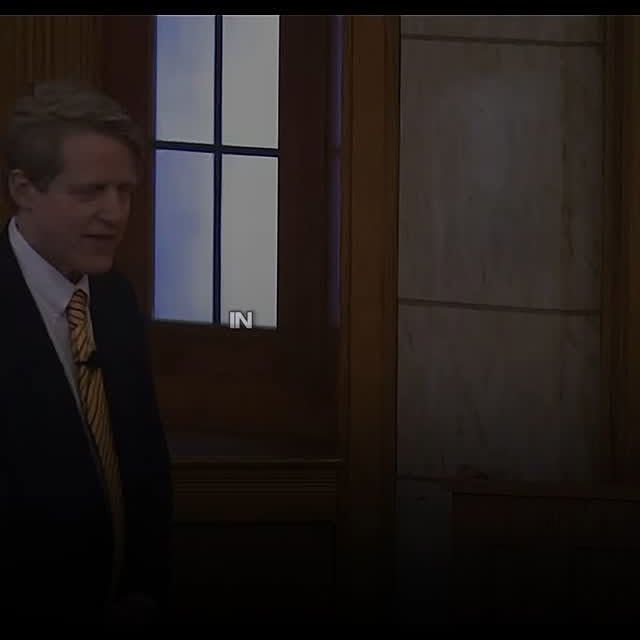
Yale’s finance lectures, especially Robert Shiller’s, highlight how psychology drives markets just as much as data. Concepts like loss aversion, overconfidence, herd behavior, and moral sentiment show that investors often act irrationally. Shiller argues markets are shaped by emotion and human flaws, not just math, and this explains bubbles, crashes, and unpredictable moves—making behavioral finance critical to real-world investing. 🚀 No Signals. Just Real Analytics. Be the first to download MacroGlide App. Get Early Access — FREE (LINK IN BIO). Credits: Professor Shiller, YaleCourses, 2012 Use: Edited for educational purposes. No ownership claimed.
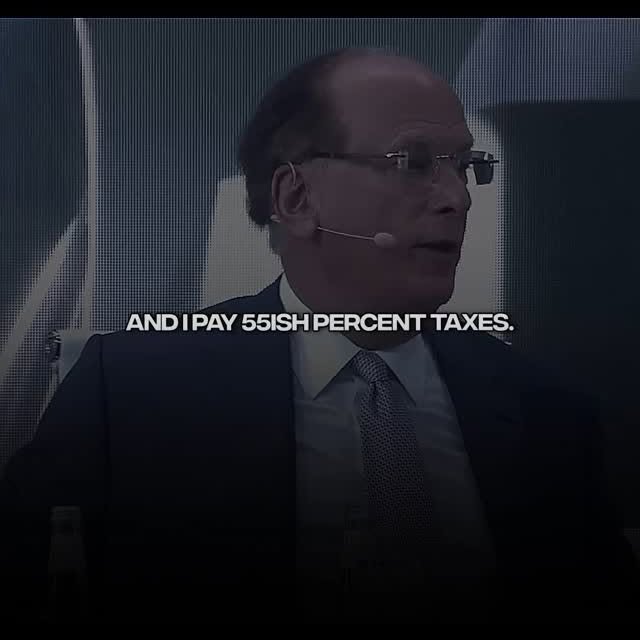
The Future Investment Initiative (FII) is one of the most influential global economic forums, often referred to as “Davos in the Desert.” Backed by Saudi Arabia’s Public Investment Fund (PIF), it brings together a powerful lineup of attendees including CEOs of top banks like JPMorgan and Goldman Sachs, hedge fund managers like Ray Dalio, tech giants like Google, Meta, and SoftBank, as well as sovereign wealth funds, heads of state, and top-tier economists. 🚀 No Signals. Just Real Analytics. Be the first to download MacroGlide App. Get Early Access — FREE (LINK IN BIO). Credits: Larry Fink, Ray Dalio, FII Institute, 2021 Use: Edited for educational purposes. No ownership claimed.
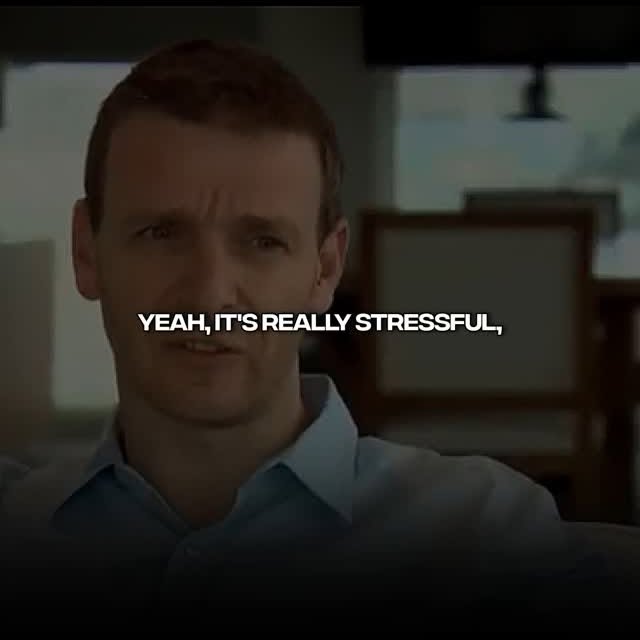
Every time you place a trade, you’re up against hedge funds running multi-billion-dollar strategies, powered by machine learning models, petabytes of historical data, and execution speeds measured in microseconds. Citadel and Renaissance Technologies each spend over $1 billion annually on research and infrastructure. Firms co-locate servers directly next to exchanges to gain a 1–3 millisecond speed advantage. They monitor alternative data sources like satellite imagery and supply chain movements—stuff retail traders can’t access. 🚀 No Signals. Just Real Analytics. Be the first to download MacroGlide App. Get Early Access — FREE (LINK IN BIO). Credits: Nina Dos Santos, CNN, 2011 Use: Edited for educational purposes. No ownership claimed.
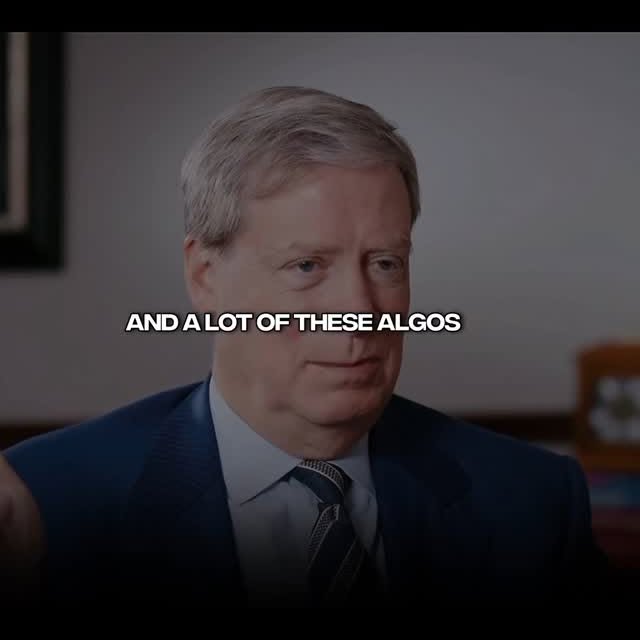
Trading algorithms constantly evolve as markets adapt to new data, regulations, and technology. Each year, firms refine models using fresher datasets, alternative signals like satellite imagery or credit card data, and faster machine learning techniques. For example, in 2020 algorithms prioritized COVID-related headlines and volatility, while by 2023 they had shifted toward macroeconomic indicators like inflation and interest rates. This evolution also means the global trading cycle—how capital flows across regions and sectors—reshapes annually. 🚀 No Signals. Just Real Analytics. Be the first to download MacroGlide App. Get Early Access — FREE (LINK IN BIO). Credits: Stanley Druckenmiller, Real Vision, 2018 Use: Edited for educational purposes. No ownership claimed.
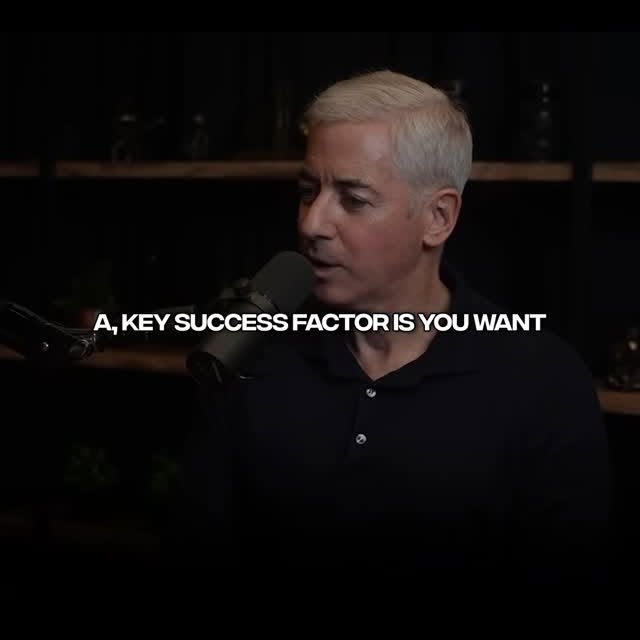
Bill Ackman is a billionaire hedge fund manager and the founder of Pershing Square Capital Management. Known for his bold, high-conviction bets, he made headlines during the 2020 COVID-19 crisis by turning a $27 million hedge into a $2.6 billion profit in less than a month, anticipating market panic. Ackman is also known for activist positions, such as his high-profile short of Herbalife and turnaround plays like Chipotle and Canadian Pacific. Despite notable losses like Valeant, his aggressive and data-driven strategies have made him one of the most influential figures in modern investing. 🚀 No Signals. Just Real Analytics. Be the first to download MacroGlide App. Get Early Access — FREE (LINK IN BIO). Credits: Bill Ackman, Lex Fridman, 2024 Use: Edited for educational purposes. No ownership claimed.
Similar Influencers

Quantum Computing & Tech ⚛️

Prompted | Intelligenza Artificiale


Growth Forge AI

AI Strategies | Business Growth

Awakened Truths

CNET

Quantum | Agência de resultado

Physics Funny

the calculus guy

Rachel Barr | Neuroscientist

TECtalks

𝐂𝐡𝐢𝐩𝐮𝐥𝐚𝐫𝐢𝐭𝐲 ™ | 𝐓𝐞𝐜𝐡𝐧𝐨𝐥𝐨𝐠𝐲 | 𝐘𝐨𝐮𝐫 𝐄𝐝𝐠𝐞

Early Startup Days

Taylor Perkins (Cult Daddy)

Space Cameo

Nobel Prize

SCIENCE & TECHNOLOGY

Sinéad Bovell

Nathan Hodgson

AI Folks

Startup Archive

Space | universe | knowledge

Billy Carson

BBC News

David Marsh | Space for Earth

Lucio Arese

The Science Fact
NPR
